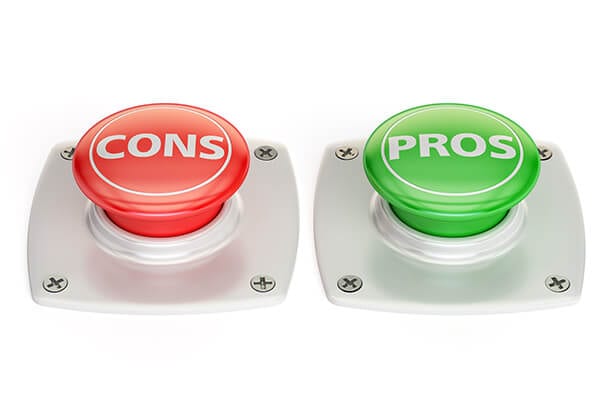In spite of the loan solution you carefully select, you should comprehend the way in which a loan works, and what it implies. Understanding the reality of mortgage repayments is the first step to making the right decision to fit your financial status.
Understanding Interest
Recently, Australians have benefited from low and attractive interest rates. So, how does this influence your mortgage repayments? Mortgage providers grow or diminish their rates, to mirror the movement exercised by the set cash interest rate. At the moment, interest rates are estimated at around 4.5 per cent, depending on the lender.
Although selecting fixed mortgage repayments over variable ones might seem the right choice, as it protects you from fluctuations, some other aspects should be considered. If you’re locked into a variable home loan, when the cash rate lowers, your interest will also decrease. Even though this is an unmatched advantage, Aussies should know that low rates don’t plan on staying this way forever.
To grasp the way in which this phenomenon influences your mortgage repayments, hear us out. A standard variable rate for a 25-year old loan of $200,000 would have a $1112 monthly payment, with 4.5 per cent interest rate. If this would change with as little as one per cent, it will either rise to $1228 or diminish to $1001.
Also, bear in mind that, over the life span of a loan, fluctuations may reach $100 per month. What we’re trying to say is that you should embrace a repayment plan with the right contingency measures, in the case in which the interest rate spikes.
When the Loan Matures
You should also note that the market conditions are due to change. That is inevitable. In this respect, you should take advantage of whichever opportunity you have to refresh your financial approach. An option might be to discuss with your financial advisor. But, before doing that, there are some solutions for adjusting your mortgage repayments:
- Refinancing: When the interest rates are low, you can always consider refinancing. That may be a more convenient option. Even though there are exit and entry costs that should be factored in, as a general rule, you’ll recoup those expenses over the life of the loan.
- Pay ahead: If the interest rates are low and your budget enables you, you should consider getting ahead on your mortgage repayments. If you manage to make a considerable repayment during this time, not only that you will decrease your overall loan balance, but you’ll save a lot on interest rate payments.
- Fix your loan: If your credit conditions are permissive enough, we advise you to lock in the new low rate.
To conclude, comprehending the market conditions does pay off. When you sign a loan agreement, you should know what it implies, how the market is due to change and how it can affect you.
In spite of your current status, don’t hesitate to refresh your mindset, in the case in which the market alters in your favour. Why shouldn’t you take advantage of it? Nonetheless, bear in mind that you should discuss with your financial advisor before taking the leap.








